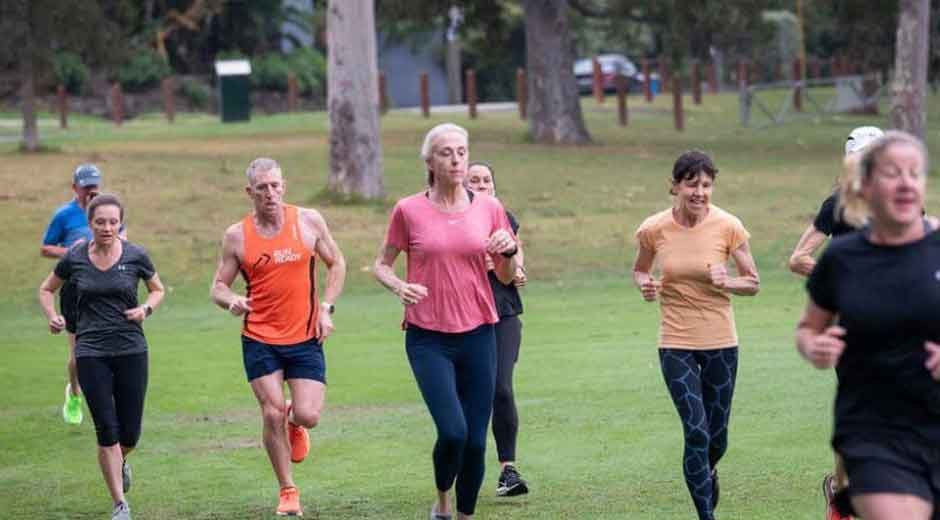Running is a rewarding activity that boosts physical health, mental clarity, and personal achievement. However, every runner knows that success doesn’t just come from hours spent pounding the pavement. Recovery is a crucial yet sometimes overlooked part of a wellness plan that keeps runners energized, injury-free, and progressing toward their goals. This article dives into the importance of recovery, its components, and how it contributes to overall wellness.
Table of Contents
Why Recovery Matters
Recovery is the body’s way of repairing after physical exertion. When you run, your muscles, joints, and connective tissues experience stress that helps strengthen them over time. Without proper recovery, however, your body has no opportunity to repair itself, leading to fatigue, decreased performance, and a higher risk of injuries. Recovery ensures your body stays strong and balanced, so you can perform at your best.
For athletes, recovery is as important as training. Even the most rigorous training schedule will falter without adequate rest and active recovery built into the plan.
Key Components of Recovery
To fully understand the role recovery plays in a runner’s wellness, it’s essential to break it down into its core elements. These pillars work together to help runners maintain their health and improve over time.
1. Rest and Sleep
Sleep is the unsung hero of recovery. During sleep, your body undergoes essential repair processes, including muscle regeneration and hormone regulation. For runners, getting at least seven to nine hours of quality sleep per night is critical. Studies show that sleep deprivation not only impacts physical recovery but also hinders mental clarity and overall motivation.
Rest goes beyond sleeping. It’s about allowing your muscles and joints to recuperate, especially after long runs or races. Incorporating rest days into your weekly routine helps to prevent overtraining, which can lead to injuries.
2. Nutrition for Recovery
What you eat after a run significantly affects how well your body recovers. Carbohydrates help replenish depleted energy stores, while proteins repair muscle fibers and promote growth. Including nutrient-dense foods like leafy greens, whole grains, lean proteins, and healthy fats ensures your body gets what it needs to bounce back.
Hydration is equally vital. Running depletes bodily fluids, and failing to rehydrate can leave you feeling fatigued and sore. Drinking water or electrolyte-rich fluids soon after workouts aids in muscle recovery and overall hydration balance.
3. Active Recovery
Active recovery refers to low-intensity movements, such as walking, yoga, or light cycling, that help loosen your muscles and improve circulation. By staying lightly active on recovery days, you allow your body to flush out lactic acid and deliver oxygen-rich blood to your muscles. Active recovery can also reduce stiffness and soreness, making it easier to return to full training intensity.
4. Stretching and Foam Rolling
Flexibility is an essential yet overlooked component of long-term running health. Stretching post-run helps your muscles stay pliable and reduces the risk of strains. Foam rolling or self-myofascial release further aids recovery by alleviating tight knots within tissues. These practices work together to maintain a good range of motion, prevent discomfort, and minimize stiffness.
Preventing Injuries Through Recovery
Recovery isn’t just about enhancing performance; it’s about ensuring longevity in the sport. Common injuries like shin splints, plantar fasciitis, and stress fractures often arise from insufficient rest, consistent overuse, or poor biomechanics. Recovery practices like strengthening exercises, proper footwear, and listening to your body can help mitigate these risks.
If you’re experiencing chronic pain or recurring injuries, consulting a specialist can be beneficial. For example, a podiatrist in Orem can assess biomechanics and provide tailored strategies to prevent foot and ankle issues in runners.
The Mental Side of Recovery
Recovery isn’t just physical; it’s mental too. Training fatigue and burnout can result ina lack of motivation and diminished performance. Incorporating mindfulness techniques, meditation, or light walking on off days can help reduce stress and enhance overall mental well-being.
Taking sufficient breaks from structured training also allows runners to reconnect with their love for the sport. Whether it’s a weekend without your watch or switching to trail running for fun, honoring mental recovery as much as physical will ensure you stay committed long-term.
Building a Balanced Recovery Plan
Everyone’s recovery needs are different based on training intensity and lifestyle. Here are a few tips for creating a well-rounded recovery plan:
- Add Rest Days:Include at least one full day of rest each week to promote optimal healing.
- Alternate Training Styles:Mix jogging, strength training, and stretching into your schedule to prevent overtraining specific muscle groups.
- Pay Attention to Warning Signs:Address nagging pain, changes in performance, or fatigue promptly to avoid long-term issues.
- Seek Professional Guidance:Athletes, especially long-distance runners, benefit significantly from expert insights tailored to their goals.
Recovery as a Wellness Priority
Recovery is not an afterthought; it’s a necessity for any runner striving to sustain their wellness. By prioritizing rest, proper nutrition, and self-care routines, runners can not only improve their performance but also stay healthier and injury-free for years to come. Whether you’re a seasoned runner or just starting, recovery is the key to unlocking your potential.
